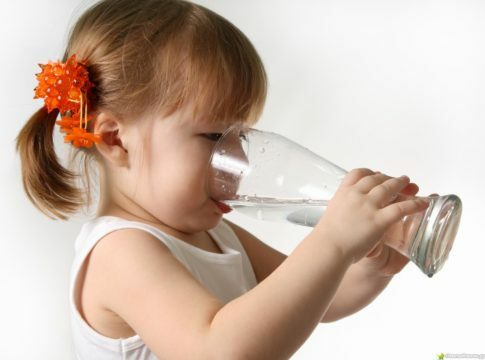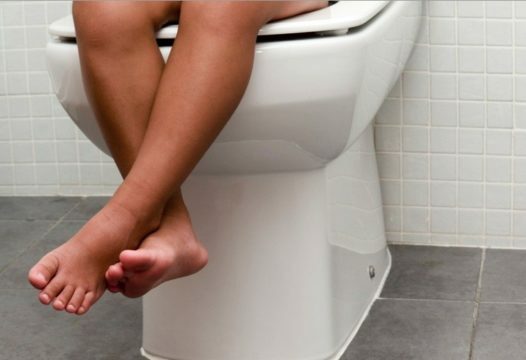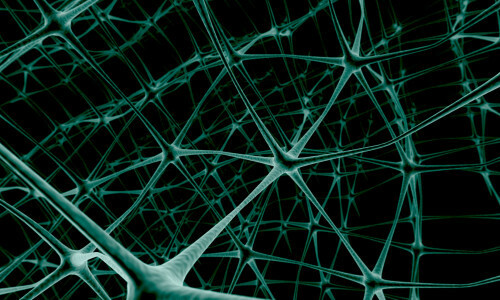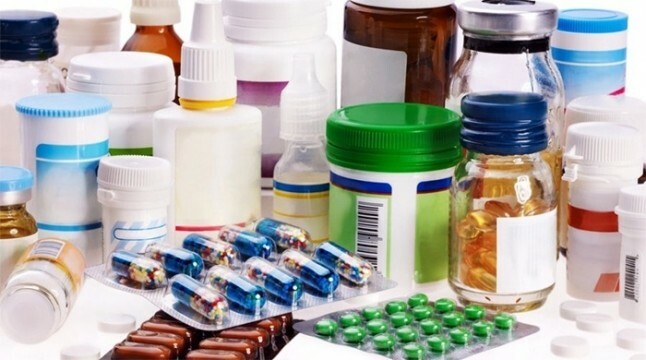In medical practice, there is such a disease as diabetes insipidus in children. Fortunately, it is diagnosed very rarely, and it is related to the fact that the water-electrolyte balance is disturbed in the body. How can we detect and treat pathology?

How does pathology manifest itself?
It is quite difficult to detect diabetes insipidus in children if they suffer from a newborn baby. After all, to track how much urine is released per day is difficult. However, this is exactly the sign on which you should pay special attention. Also it is worth considering how much liquid he drank in 24 hours.
Sick babies can lose their appetite and ask for only one water. Because of abundant drinking, there is an inability to contain urine. It manifests itself both at night and in the daytime. On average, the indicator of urine, which is allocated to the patient, is 3-8 liters. There are also abnormalities with respect to the concentration and density of urine.
Symptoms of diabetes insipidus in children:
- Irritability and moodiness are observed.
- Dehydration occurs, accompanied by headache, weight loss, dry mucous membranes.
- The desire to eat is lost, due to poor production of saliva and gastric juice.
- Develops gastritis or colitis.
- There are problems with the stool.
- Body temperature rises.
- There are malfunctions in the nervous system.
Due to the fact that the child uses a lot of water, tachycardia, hypotension, anemia, stretching of the walls of the stomach and bladder can occur. In some cases, there is a pain syndrome that develops in the articular region. Sometimes a child may lag behind in physical development, lose weight heavily.
Due to the fact that the patient drinks a lot of fluid, at one time the bladder can empty up to 600 ml of urine. Due to the lower concentration, the shade of urine changes, it becomes more light, transparent, which does not happen in healthy children.
Care must be taken to develop clinical manifestations of the disease in children. It is not recommended to drastically reduce the amount of fluid in the baby's diet or completely stop giving water. Otherwise, the most severe symptoms may develop, which include seizures, loss of consciousness, and death.

If the above symptoms of the pathology are found, the child should immediately consult a doctor. Do not self-medicate, let alone ignore health problems altogether.
How to detect pathology?
In order to detect diabetes insipidus in children, it is necessary to visit a doctor who will prescribe all the necessary studies. First of all, the specialist is interested in what symptoms the patient is experiencing, how much water he consumes per day, what amount of urine is allocated. If the amount of urine is more than 3 liters, then there is a high risk that pathology is present in the body.
In order to establish the exact amount of urine, its concentration and density, it is recommended to pass Zimnitsky's trial. These indicators depend on how much water the child drinks. If it is small, the kidneys release the most concentrated liquid. Due to this, the required volume of water is retained for the normal functioning of the urinary system.
These indicators are identified using an analysis in which the patient passes urine, and the specialist examines it in the laboratory. Before the delivery of the biomaterial it is not necessary to adhere to any diet.
Another method of diagnosis is a test with dryness. Before it is carried out, do not use any liquid for 6-12 hours. The study shows the concentration of sodium in the blood plasma. This method is used only at night.
Also, before the test, you need to weigh the patient. If the child does not suffer from diabetes insipidus, the amount of urine released during the test should be lower. Accordingly, its concentration increases, and the balance does not show a decrease in body weight.

The condition of the child's nervous system is also checked, as there are sometimes signs of psychoemotional disorder. Sometimes, in order to make the correct diagnosis, it is necessary to undergo another examination of the brain using computer or magnetic resonance imaging.
Thus, it is possible to detect the disease only if we conduct a thorough medical examination of the body, in which various tests and tests are used.
How to deal with the disease?
Non-diabetes mellitus can be cured if the disease is diagnosed in a timely manner and the cause of its occurrence is established. The doctor, based on the results of the examination and depending on the individual characteristics of the patient, selects the optimal therapy plan.
- If the child lacks vasopressin, an antidiuretic hormone that produces the pituitary gland, then it is recommended to use its synthetic analogue. Due to this, the volume of urine released per day gradually decreases, and the density index, on the contrary, increases. Treatment with medications can be prescribed only if the amount of urine per day exceeds 4 liters.
- Treatment of a child under 3 years of age, who has a congenital neurogenic diabetes insipidus, involves the administration of injections with glucose solution.
The use of water during therapy is not recommended. Synthetic analogue of the hormone can be taken exclusively under the supervision of a specialist. The youngest children are usually not prescribed this medication, because it is very difficult to calculate its dose.
- If the child is 3 years old, then you can gradually introduce a synthetic hormone replacement. The first dosage should be small, in time it needs to be increased. Necessarily the doctor every day should monitor the electrolyte index in the plasma, calculates the volume of water drunk per day, and the amount of urine withdrawn.
- During the therapy it is necessary to follow a diet. It is necessary to eat more foods that contain vitamins. Therefore, it is worth including more fruits and vegetables in the diet. It is less necessary to consume protein and salt.
- In the case when the child is on artificial feeding, it is necessary to acquire a mixture in which the solutes are the least dissolved. But it is still better if the baby feeds on the mother's milk, as it is well tolerated by all children.
Preventive measures
It is almost impossible to prevent pathology. It can occur at a genetic level or develop against a background of various diseases. Doctors advise in time to fight infectious diseases, never ignore their development. The most careful should be, if there was a head injury, there is a process of inflammation in the brain. Experts believe that these signs are the reasons for the development of diabetes insipidus in children.
Children suffering from this pathology, you need to adjust the daily diet. It is necessary to choose the right food, so that it favorably affects the patient's condition, and reduces the frequent desire to go to the toilet.
The main purpose of dietary nutrition is to provide the body with the required volume of fluid. But it should be remembered that the products should not harm the digestive system of the child.
It is allowed to eat meat, the main thing is that it is not greasy. It is best to eat stew, boiled or baked meat. Small children need to rub it to a puree state. As for fruit, it is desirable to eat pineapples, grapefruits, apples, bananas. You can also use dried fruits and nuts, adding them to cereals.
Also the daily diet of the child should include milk and any sour-milk products. In order to satisfy a fast thirst, it is necessary to give the patient tea based on herbs, lemon water, fruit drinks and natural juices.
Diabetes insipidus in children can occur both from birth and during life. To successfully combat it, a thorough examination is necessary, identifying the cause of the disease and taking all measures to eliminate it. Most importantly, in time to see a doctor if the first signs of the development of the disease are observed.



